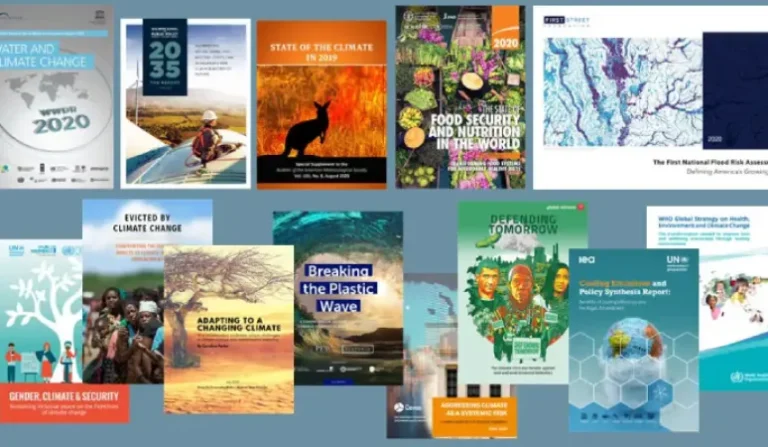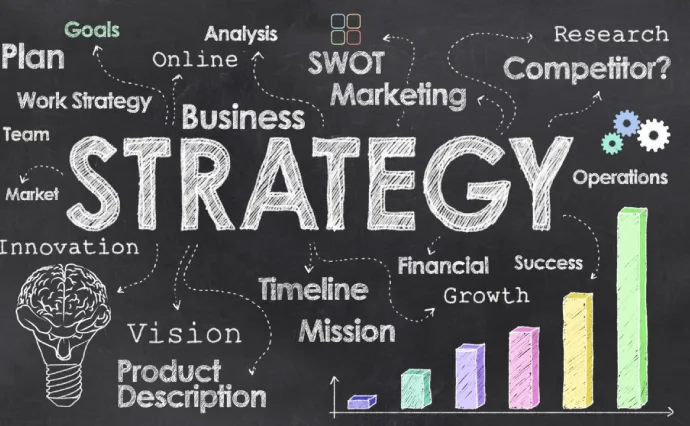Data journalism represents a transformative shift in the way news reporting is gathered, analyzed, and reported. This approach leverages the power of data to uncover insights, tell compelling stories, and provide readers with a deeper understanding of complex issues. As the volume and variety of data available to journalists have expanded, data journalism has emerged as a crucial tool for revealing patterns, trends, and truths that might otherwise remain hidden.
Traditionally, news reporting relied heavily on qualitative information and subjective accounts. While these methods are still valuable, data journalism introduces a quantitative dimension that enhances the depth and accuracy of news coverage.
By analyzing large datasets, journalists can identify correlations, track changes over time, and present information in a more objective manner. This approach not only enriches storytelling but also helps in addressing issues like misinformation and bias by providing evidence-based reporting.
News Reporting: What It’s All About
The Basics of News Reporting
News reporting is a way of sharing important information with people. Reporters find out what is happening in the world and then tell others about it. They use different methods to gather and share news. For example, they might use interviews, research, or observation.
To start, reporters need to find out what is newsworthy. This means they have to decide what is important for people to know. It could be about local events, national stories, or even international news. Once they know what is newsworthy, they gather information from various sources.
Next, reporters check their facts. It is very important to be accurate in news reporting. Mistakes can lead to confusion or spread false information. To avoid this, reporters use reliable sources and double-check their facts.

How News Reporting Works
News reporting usually involves several steps. First, reporters find a story. They might get tips from people, read documents, or watch events unfold. Then, they gather information by interviewing people, researching, or observing.
After collecting information, reporters write their stories. They need to organize their facts in a clear and interesting way. Transition words, like “however,” “moreover,” and “therefore,” help make their writing smooth and easy to follow.
Once a story is written, it goes through editing. Editors check the story for accuracy, clarity, and grammar. They also make sure it fits the publication’s style. After editing, the story is published or broadcasted.
The Importance of News Reporting
News reporting is very important for several reasons. First, it helps people stay informed. Knowing what is happening in the world allows people to make better decisions. For instance, if there is a weather warning, people can take action to stay safe.
Second, news reporting holds people and organizations accountable. Reporters often investigate and expose problems or wrongdoings. This can lead to changes and improvements in society.
Finally, news reporting provides a platform for different voices. It allows people to share their experiences and opinions. This helps to ensure that diverse perspectives are heard and considered.
Challenges in News Reporting
Despite its importance, news reporting can be challenging. Reporters often work under tight deadlines. They need to gather, write, and edit stories quickly. This pressure can sometimes lead to mistakes.
Moreover, reporters face the risk of bias. They must strive to present news fairly and without personal opinions. Maintaining objectivity is crucial for credible reporting.
Another challenge is dealing with misinformation. With the rise of social media, false information can spread quickly. Reporters need to be careful to verify their sources and ensure that their information is correct.
The Future of News Reporting
The future of news reporting is likely to change with technology. Digital platforms, like websites and social media, are becoming more important for sharing news. Reporters are using these tools to reach a larger audience.
Moreover, new technologies, such as artificial intelligence, are being used to gather and analyze news. These tools can help reporters work more efficiently and find stories more quickly.
However, with these advancements come new challenges. Reporters will need to adapt to changing technology and continue to focus on accuracy and fairness.
In conclusion, news reporting is a vital part of our society. It keeps people informed, holds others accountable, and gives a voice to many. Despite the challenges, the field continues to evolve and adapt, ensuring that important news reaches the public.
How News Reporters Gather Information
Finding the Story
To begin with, news reporters need to find interesting stories. They may look for news by attending events, reading local news, or getting tips from people. Reporters often keep an eye on current events and trends to spot potential stories.
Furthermore, reporters might receive story ideas from their readers or sources. These tips can lead to important discoveries or hidden issues. Reporters use these ideas to explore and gather more information.
Conducting Interviews
Interviews are a key part of gathering information. Reporters talk to people who know about the story. These could be eyewitnesses, experts, or officials. By asking questions and listening carefully, reporters get details that help explain the story.
It is important for reporters to ask clear and open-ended questions. This helps them get detailed answers. They also need to record interviews accurately, using notes or recording devices, to ensure they capture the correct information.
Researching and Verifying Facts
Research is another important step. Reporters use various resources, such as books, online databases, and official documents, to gather facts. They look for background information to provide context for their stories.
Moreover, verifying facts is crucial. Reporters must check their information from multiple sources to ensure accuracy. This helps prevent the spread of false information. Using reliable sources and cross-checking facts helps maintain the credibility of the news.
Writing and Presenting the News
Crafting the Story
Once reporters have gathered all their information, they start writing the story. The writing needs to be clear, concise, and engaging. Reporters often start with a strong lead, summarizing the most important points. This helps grab the reader’s attention right away.
The story is then developed with supporting details and quotes. Transition words, like “firstly,” “next,” and “finally,” help to organize the information and guide the reader through the story.
Editing and Proofreading
After writing, the story goes through editing. Editors check for any mistakes and make sure the story is clear and accurate. They also ensure that the story follows the publication’s style and guidelines.
Proofreading is another important step. This involves checking the story for spelling and grammar errors. A well-edited story is more professional and easier for readers to understand.
Sharing the News
Once the story is ready, it is published or broadcasted. In newspapers and magazines, the story appears in print. On websites and social media, it is shared digitally. News channels might report the story on TV or radio.
Different platforms may require different formats. For example, a print story might include more detailed information, while a TV report may use visuals and sound. Regardless of the platform, the goal is to share the news effectively with the audience.
The Impact of News Reporting
Informing the Public
News reporting plays a crucial role in keeping people informed. By providing timely and accurate information, news reports help people understand what is happening around them. This knowledge can influence decisions and actions.
For example, news about local events can help people plan their activities. National and international news provides a broader perspective on global issues. Both types of news contribute to a well-informed public.
Encouraging Accountability
Another important impact of news reporting is holding people accountable. Reporters often investigate and expose problems, corruption, or injustices. Their work can lead to changes and improvements in society.
By shining a light on issues, news reporters encourage transparency and responsibility. This helps ensure that those in power act fairly and ethically.
Providing a Platform for Diverse Voices
Finally, news reporting gives a voice to different people and perspectives. It allows various viewpoints to be heard and considered. This diversity enriches the news and helps build a more inclusive society.
In summary, news reporting is essential for informing the public, encouraging accountability, and providing a platform for diverse voices. Despite its challenges, the field continues to evolve and play a vital role in our world.
FAQs
Q:What is data journalism?
Data journalism involves using data to uncover insights, tell stories, and provide deeper context to news reports. It combines data analysis with traditional reporting techniques to enhance accuracy and depth.
Q: How does big data impact news reporting?
Big data enables journalists to analyze large volumes of information to identify trends, patterns, and insights that might not be apparent through traditional reporting methods. This allows for more comprehensive and nuanced storytelling.
Q: What are some common tools used in data journalism?
Common tools include data analysis software like Excel and R, visualization platforms like Tableau and Power BI, web scraping tools like Beautiful Soup, and AI technologies for pattern recognition and analysis.
Q: What challenges are associated with data journalism?
Challenges include ensuring data accuracy, protecting privacy, addressing biases in data, maintaining transparency about methodologies, and preventing misuse of data for misleading purposes.
Q: How is the future of data journalism expected to evolve?
The future of data journalism will likely see increased use of AI and machine learning, more interactive and immersive storytelling through VR and AR, real-time data analytics, and a heightened focus on data ethics and privacy.
Conclusion
Data journalism is revolutionizing news reporting by introducing a data-driven approach that enhances the accuracy, depth, and engagement of news stories. By leveraging big data, advanced analytical tools, and interactive visualizations, journalists can uncover hidden insights and present information in more compelling ways.
However, the field also faces challenges, including ensuring data accuracy, safeguarding privacy, and addressing biases. As a result, as technology continues to advance, data journalism is set to evolve further by embracing new trends, such as AI-driven analysis and immersive storytelling.. By navigating these developments responsibly, data journalism will continue to play a crucial role in informing the public and shaping the future of news reporting.


















